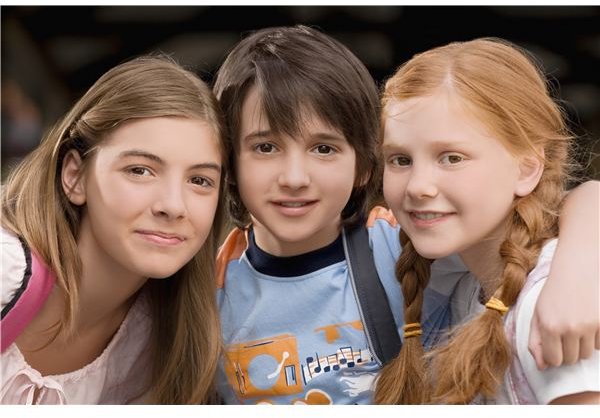6 Tried-and-True Techniques for Helping Autistic Children: Now and in the Future
Being Prepared
Children with autism can present with definite challenges for handling in the classroom. However, there are several techniques that will
help with autistic children. It is important to remember that each child is unique and has his or her own set of characteristics. Before you try any of the mentioned techniques, learn all you can about the child, because the introduction of something new can be very disturbing to children with autism.
Techniques for Teaching
-
The first technique is to remain on a schedule. Children with autism do not like change, and they like to follow the same routine. It would be even better to provide the child with a written schedule so that he knows exactly what to expect. Try to eliminate change and surprises as much as possible. It is also a good idea to keep a good relationship with school administration so that you may be aware of any upcoming drills. If you know what’s going to happen, you can write it into the schedule.
-
Eliminating excessive stimuli is another technique to use with autistic children. Try to teach them in a place that is removed from all possible distractions. Using some sort of partition around the student helps to reduce distractions and keeps the student focused.
-
Students with autism also engage in repetitive or ritualistic behaviors that can interrupt their learning. Come up with a system that will refocus the child, like tapping the table or something else that you think may work.
-
One important thing to remember when working with these students is that they do need down time. Make sure to schedule frequent breaks; they need the time to de-stress and possibly engage in repetitive behavior. For example, you may have a student who likes watching a particular video, so during her break let her watch it.
-
Goals for students with autism are more focused on life skills than academics. Academics will be taught, but the main focus is working on skills they will need after they graduate. Social skills and recognizing feelings need to be taught. There are many techniques for teaching feelings and there has been much benefit of using social stories to teach children on the autistic spectrum. It is important to frequently check and revise their goals in order for them to be successful. Even if you are not the special education teacher, you may make suggestions because, in the end, the student will benefit.
-
The last technique really isn’t a technique at all but is probably the most crucial aspect of working with autistic children: That is working with the parents. Parents of autistic children know them better than anybody. They can provide teachers with a great deal of information that can be extremely useful in the classroom. Keep a daily communication log with the parents so that parents know what is going on in school and teachers know what is going on at home.
These techniques for helping autistic children in the classroom are only suggestions. Try not to overwhelm students with autism because they become so easily frustrated. It may take a little bit of time to use some of these techniques, but stick with it. You may be amazed at how beneficial some of these techniques may be.
